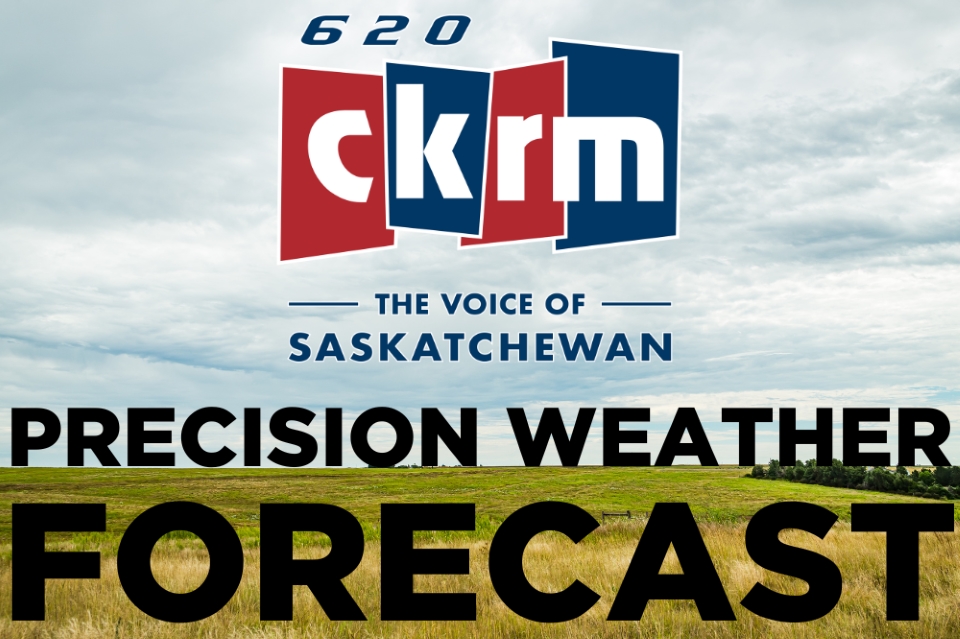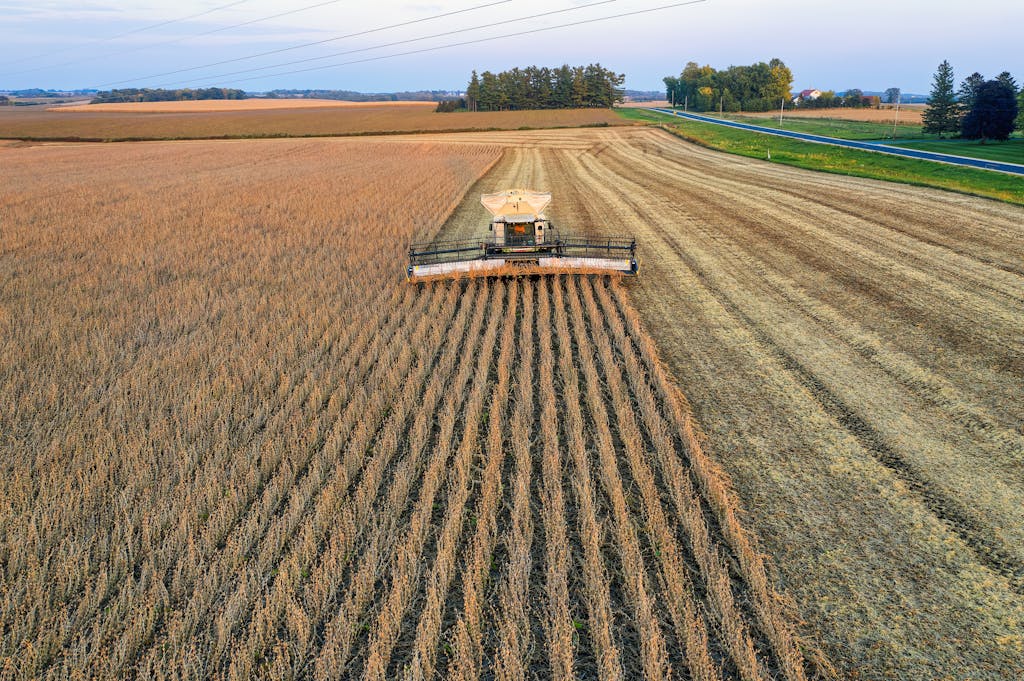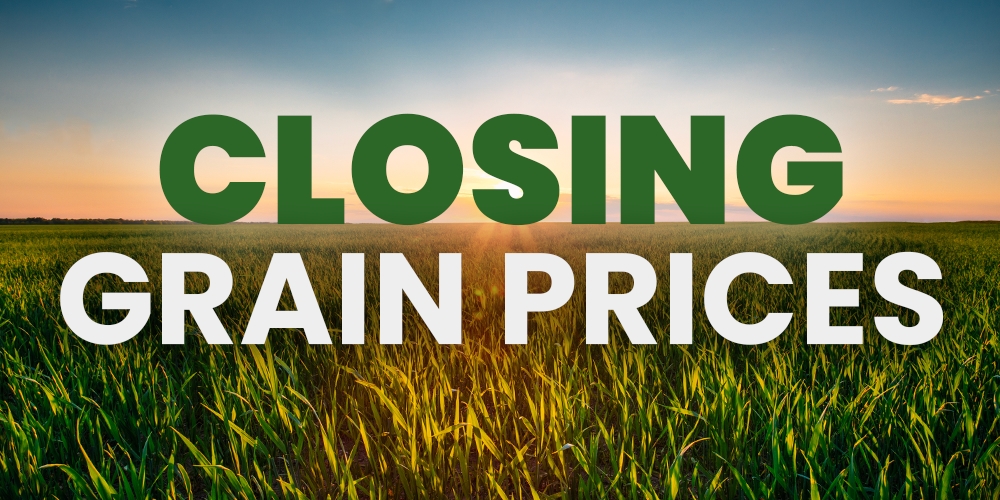Saskatchewan farmland values increased by an average 6.2 per cent in 2019, according to Farm Credit Canada’s Annual Farmland Values Report released on Monday morning.
That is down slightly from the 7.4 per cent during the previous year and 10.2 per cent in 2017. It is a similar trend to the national numbers, which are also slightly lower. The Canadian average in 2019 was 5.2 per cent, while there were increases of 6.6 per cent and 8.4 per cent in 2018 and 2017 respectively.
“We are still seeing land values increasing, but at a slower pace,” said J.P. Gervais, chief economist with Farm Credit Canada (FCC). “It is slowly getting towards that point of three to four per cent, which I would argue is sort of the equilibrium rate of increase that you would likely to see in the province of Saskatchewan, which is really focussed on grains and oilseeds.”
Gervais indicates sales of superior quality land in Saskatchewan began to level out, while sales of small parcels or lower-quality farmland increased in 2019.
“We have seen land values being pushed up at the top end of the market, so now operations are looking at what is available and what they are willing to pay,” Gervais said. “They realize perhaps that where they stand and where the value is at—depending on what yields you can get and so forth—maybe the best (and) most profitable option is to look at the lower end of the market.”
The Farm Credit Canada report notes Saskatchewan saw an increase in the number of landlords who either put their land up for tender or sold to long-term renters. Some producers sold land further from their main operations and purchased land closer to gain efficiencies. In most areas of the province, land was bought by local producers with medium-to-large size operations.
These are the following increases by region and the average value of land per acre.
East Central 9.2 per cent $1,610
North Eastern 7.1 per cent $1,963
North Western 6.0 per cent $2,090
South Eastern 6.0 per cent $1,843
West Central 5.9 per cent $2,103
South Western 3.8 per cent $2,049
Demand for land tended to exceed supply in eastern regions as compared to western areas. The FCC Report says in east-central “both supply and demand for land were strong and even out-of-province producers were purchasing land in this area, while investors who bought land in previous years began selling their properties. The result, however, was the demand outpaced supply, resulting in a substantial average value increase.”
The report indicates there was plenty available land in the West Central region, but not a strong demand. Large producers in the South Western appeared to be less aggressive in purchasing land than in previous years.
These are all 2019 statistics—well before the arrival of COVID-19. Gervais does not expect to see a decline in farmland values in 2020, but won’t say that it cannot happen either.
“You could see a decline at one point, especially given that current valuations of land relative to farm income is at the highest point it has ever been,” Gervais said. “So, do I anticipate that? The answer is no, I don’t— but I can’t rule out the possibility at one point that we’ll see a decline in land values.”
Gervais expects more caution from sellers and buyers in the year ahead with low interest rates being a positive factor.
{CJWW}








